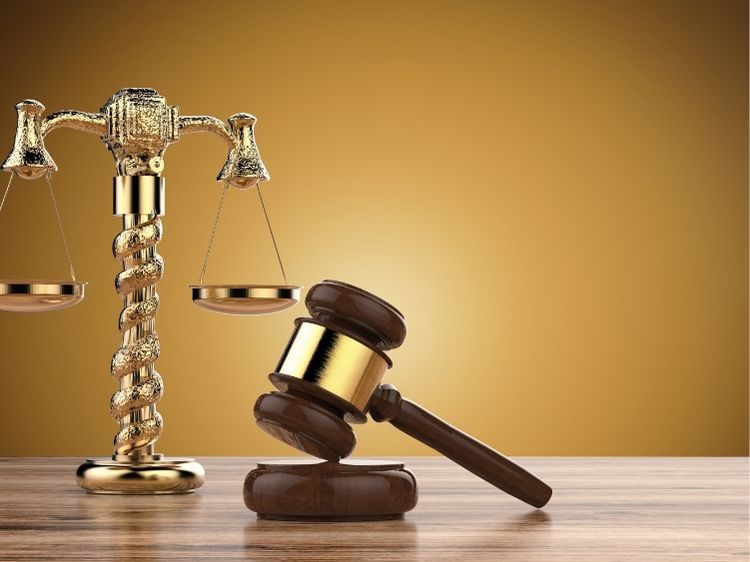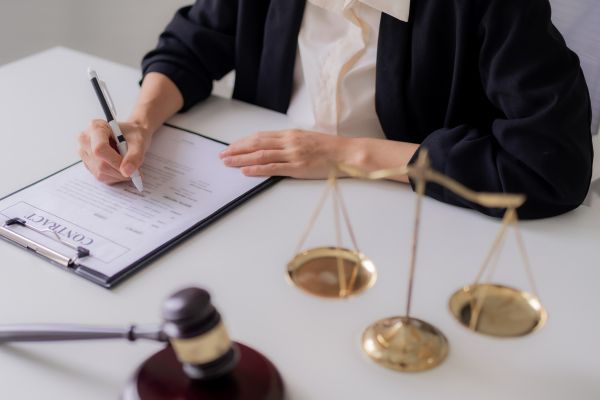Product Liability Lawsuits: What You Need to Know
Have you ever purchased a product, only to find out later that it caused harm or injury? It’s a scary thought, but unfortunately, it happens more often than you might think. When products malfunction or are inherently dangerous, the consequences can be severe. This is where product liability lawsuits come into play.
Product liability refers to the legal responsibility of manufacturers, distributors, and retailers to ensure that the products they sell are safe for consumer use. If a product is found to be defective and causes injury or damage, those affected can file a lawsuit to seek compensation. But how does this process work, and what should you know if you ever find yourself in such a situation?
In this article, we’ll dive deep into the world of product liability lawsuits, exploring the types of defects, the legal process, and real-world examples that illustrate the importance of holding companies accountable for their products.
Understanding Product Liability Lawsuits
Product liability lawsuits arise when a consumer is injured by a defective product. These lawsuits can be filed against any party involved in the product’s chain of distribution, including manufacturers, wholesalers, and retailers. The key is proving that the product was defective and that the defect directly caused the injury or damage.
Types of Product Defects
There are generally three types of product defects that can lead to a product liability lawsuit:
- Design Defects: These occur when a product is inherently dangerous due to its design. Even if the product is manufactured perfectly, its design flaw makes it unsafe for use. A famous example is the Ford Pinto, which had a design defect that caused the fuel tank to explode upon impact.
- Manufacturing Defects: These happen when the product’s design is safe, but an error during the manufacturing process makes it dangerous. For instance, a batch of baby car seats might have faulty straps that fail during a crash, leading to injury.
- Marketing Defects: Also known as “failure to warn,” these defects involve inadequate instructions or warnings about the product’s risks. A common example is medication that doesn’t include warnings about potential side effects.
The Legal Process: How to File a Product Liability Lawsuit
Filing a product liability lawsuit involves several steps, and it’s essential to understand the process to navigate it successfully.
- Consulting an Attorney: The first step is to consult with an attorney who specializes in product liability cases. They’ll evaluate the strength of your case and advise you on the best course of action.
- Gathering Evidence: You’ll need to gather all relevant evidence, including the defective product, medical records, receipts, and any communication with the manufacturer or retailer. This evidence is crucial in proving that the product was defective and caused your injury.
- Filing the Lawsuit: Your attorney will file the lawsuit on your behalf, naming the parties responsible for the defect. This could include the manufacturer, distributor, and even the retailer.
- Discovery Process: During this phase, both sides exchange information and evidence. This might involve depositions, interrogatories, and document requests. It’s a critical stage for building your case.
- Settlement or Trial: Many product liability cases are settled out of court, but if a settlement can’t be reached, the case will go to trial. Your attorney will present your case, and the court will decide the outcome.
Real-World Examples of Product Liability Lawsuits
Product liability lawsuits have led to some of the most significant legal settlements in history. Here are a few notable examples:
- The Takata Airbag Recall: This case involved defective airbags that could explode and send shrapnel into passengers. It led to the largest automotive recall in history and billions of dollars in settlements.
- Johnson & Johnson’s Talcum Powder: Thousands of lawsuits were filed against Johnson & Johnson, claiming that their talcum powder products caused ovarian cancer. The company faced substantial verdicts and settlements.
- General Motors’ Ignition Switch Recall: GM recalled millions of vehicles due to a faulty ignition switch that could shut off the engine and disable airbags. The defect was linked to numerous deaths and resulted in significant settlements.
FAQs
What is the statute of limitations for filing a product liability lawsuit?
The statute of limitations varies by state but typically ranges from one to six years. It’s essential to consult with an attorney as soon as possible to ensure you don’t miss the deadline.
Can I file a lawsuit if I didn’t purchase the product?
Yes, even if you didn’t purchase the product, you could still file a lawsuit if you were injured by it. For example, if you were a passenger in a car with a defective airbag, you might have grounds for a claim.
Do I need to prove negligence to win a product liability case?
Not necessarily. Product liability cases often fall under “strict liability,” meaning you don’t need to prove negligence. You only need to show that the product was defective and caused your injury.
Conclusion
Product liability lawsuits are crucial for holding companies accountable and ensuring that products on the market are safe for consumers. Whether it’s a design flaw, a manufacturing error, or a failure to warn, defective products can cause significant harm. By understanding your rights and the legal process, you can take action if you or a loved one is ever affected by a defective product.
Remember, if you find yourself in such a situation, consult with an experienced attorney who can guide you through the process and help you seek the compensation you deserve.



